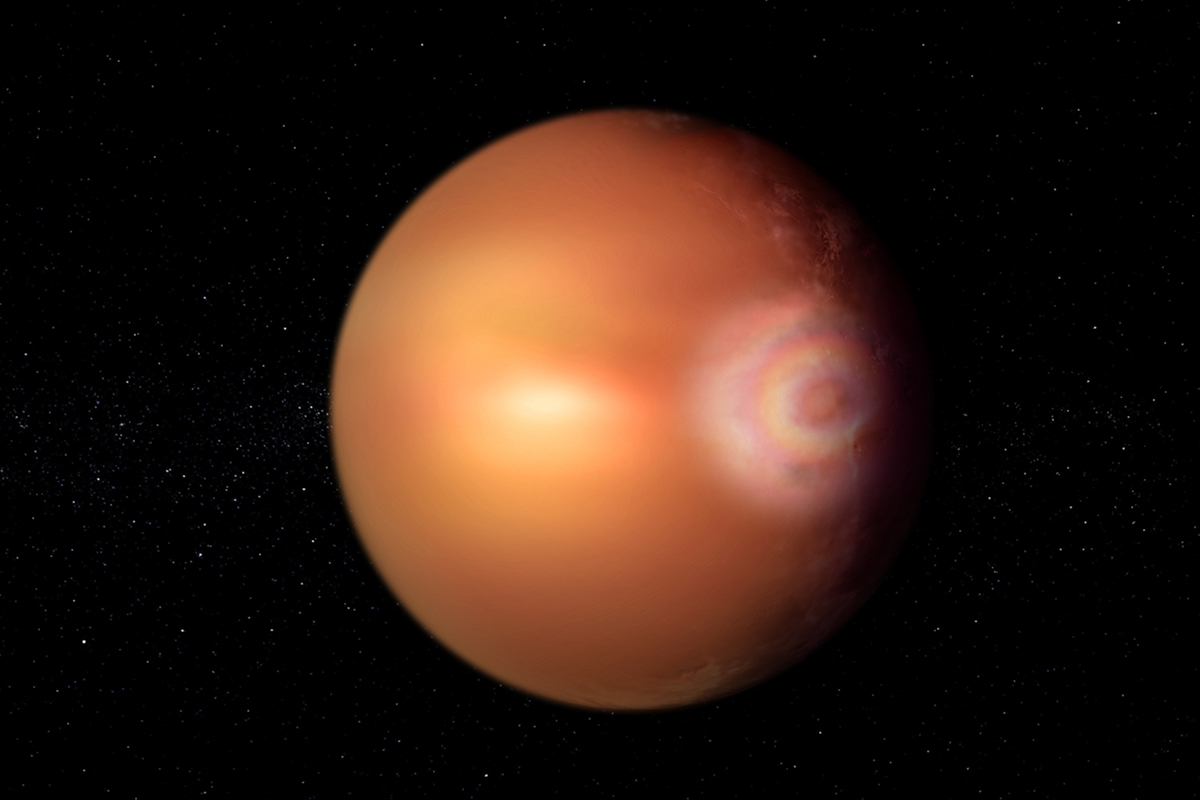
A Rainbow-Like ‘Glory’ Effect Was Spotted On A Planet That Is 640 Light Years Away From Earth
If any of you have ever seen a series of concentric rings of color near a mist or fog, then it’s very likely you have seen a glory. Yet, when it appears 640 light-years away on the hot gas giant planet where it likely rains molten iron, it is definitely a rare magical event.
More info: Astronomy & Astrophysics
Scientists have discovered an extraordinary phenomenon known as ‘glory’ in the atmosphere of the distant exoplanet WASP-76b
Image credits: ESA
Image credits: ESA
Image credits: NASA
Image credits: NASA
WASP-76b is an exoplanet classified as a Hot Jupiter that is located in the constellation Pisces. It was first discovered on 21st of October in 2013 and is currently the only known planet in the WASP-76 system. Data collected from the Hubble and Spitzer Space Telescopes have provided evidence of titanium oxide and small amounts of water within the atmosphere of this giant exoplanet. It zips around its parent star once every 1.8 Earth days and is incredibly hot. Astronomers believe that its nightside has 2,370 degrees Fahrenheit (1,300 degrees Celsius), while temperatures on its dayside can reach even 4,350 F (2,400 C) – hot enough to vaporize many metals.
The significant discovery of glory lights was made after scientists recorded 23 observations over 3 years as WASP-76b was passing in front of and around its sun-like star. ESA researcher Matthew Standing was impressed by the rainbow on the distant exoplanet: “WASP-76b is several hundred light-years away – an intensely hot gas giant planet where it likely rains molten iron. Despite the chaos, it looks like we’ve detected the potential signs of a glory. It’s an incredibly faint signal.”
The lead author of the study Olivier Demangeon who’s an astronomer at the Instituto de Astrofísica e Ciências do Espaço in Portugal, also shared his excitement: “It has taken some time to get here, with moments where I asked myself – ‘Why are you insisting on this? It might be better to do something else with your time.’ But when this feature appeared out of the data, it was such a special feeling – a particular satisfaction that doesn’t happen every day.”
Demangeon also mentioned that the reason why no glory has been seen before outside the Solar System is because it requires very specific conditions: “First, you need atmospheric particles that are close-to-perfectly spherical, completely uniform, and stable enough to be observed over a long time. Then, the planet’s nearby star needs to shine directly at it, with the observer at just the right orientation.”
The researchers suggested that a difference between the WASP-76b morning and evening horizons could be caused by a circular rainbowlike phenomenon called the “glory effect”
Image credits: NASA
Image credits: NASA
Image credits: NASA
Image source: NASA
The first time the glory effect rainbow was discovered was on Venus in 2011 by the Venus Express Orbiter. It happened about 70km above the planet’s surface and it was around 1200km wide.
Glory phenomenon is caused by sunlight (sometimes also can be moonlight) interacting with tiny water droplets from mist or clouds. One of the first scientific records of a glory is from a French-led expedition to the equator in 1730s. Pierre Bouguer was climbing Mount Pambamarca in the Andes, when he reported: “a cloud that covered us, dissolved itself, and let through the rays of the rising Sun…Then each of us saw his shadow projected upon the cloud. What seemed most remarkable to us was the appearance of a halo or glory around the head, consisting of three or four small concentric circles, very brightly colored, each of them with the same colors as the primary rainbow.”
Due to the glory’s appearance, the phenomenon is sometimes mistaken for a circular rainbow, but the latter has a much larger diameter and is caused by different physical processes. They typically can be seen on mountains and hillsides, from aircraft, in sea fog and even indoors.
In the 1980s, NASA scientist Warren Wiscombe figured out that much of the light that forms a glory doesn’t actually pass through the droplets. He discovered that the main cause of a glory is a process called wave tunneling, in which sunlight passes near enough to a droplet to create electromagnetic waves within it. Those waves bounce around inside the droplet and eventually get out, sending out light rays that make up most of the glory that we see. Even until today, the glory phenomenon is still shrouded in some uncertainties on how exactly does it work.
Speaking about colorful mysteries, I would definitely recommend you take a glimpse into my previous article about Claudia de Rham’s gravitational rainbows. According to the scientist, if gravitons, hypothetical particles carrying gravity, have mass then rainbows could be spreading through the universe all the time.
The next steps now will be to use NASA’s James Webb Space Telescope to officially confirm that this is the ‘glory’ effect
Image credits: Northrop Grumman
Image credits: Northrop Grumman
Image credits: NASA
Being able to confirm the glory effect on WASP-76b would give information about the presence of clouds composed of perfectly spherical droplets that have persisted for at least 3 years or are being continuously replenished. The atmosphere’s temperature would also have to be stable over time for such clouds to be able to exist.
Theresa Lüftinger, Project Scientist for ESA’s upcoming Ariel mission, emphasized the importance of detecting glory: “Being able to detect such minute wonders so far away will teach scientists and engineers how to detect other hard-to-see but critical phenomena. For example, sunlight reflecting off liquid lakes and oceans – a requirement for habitability.”
Olivier Demangeon also highlighted the significance of the discovery: “This is the first time that such a sharp change has been detected in the brightness of an exoplanet, its ‘phase curve.’ This discovery leads us to hypothesize that this unexpected glow could be caused by a strong, localized and anisotropic (directionally dependent) reflection – the glory effect.”
For the remarkable study, scientists were analyzing data from various ESA and NASA missions, including TESS, Hubble and Spitzer. Demangeon mentioned that the next steps now would be to use NASA’s James Webb Space Telescope to officially confirm that this is the ‘glory’ effect: “Confirmation would imply that the temperature of WASP-76b’s atmosphere must be stable over time, enabling the presence of clouds made up of perfectly spherical water droplets crucial to glory formation.”
The new study claims it observed the rainbow-like ‘glory effect’ for the first time outside our solar system
Image credits: NASA
Image credits: David (Deddy) Dayag
Image credits: Till Credner
While scientists are still working on the evidence for the glory effect on WASP-76b and the further observations, the discovery beautifully shows that even within intensely hot chaos, there are potential signs of a marvelous glory. I guess those who do believe in magic will always find it.
People shared their excitement about the glory rainbow on the distant planet

Poll Question
Thanks! Check out the results:
You May Also Like
Woman Refuses To Chip In For Babysitting Because She Doesn’t Even Have Kids, Asks If She’s A Jerk
Do you think childless individuals should be expected to chip in for group babysitting costs during friend gatherings?
17 Y.O. Is Done Sharing Her Birthday With Her Late Twin, Parents Are Not Having It
Do you think the girl should be allowed to celebrate her birthday without the remembrance of her deceased twin?
Truly warmed up my heart, thank you 🙏🏼✨
Load More Replies...Truly warmed up my heart, thank you 🙏🏼✨
Load More Replies...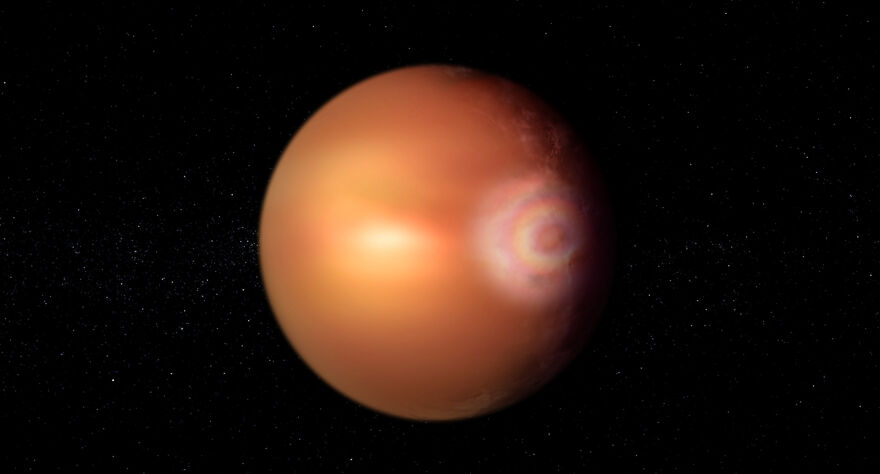
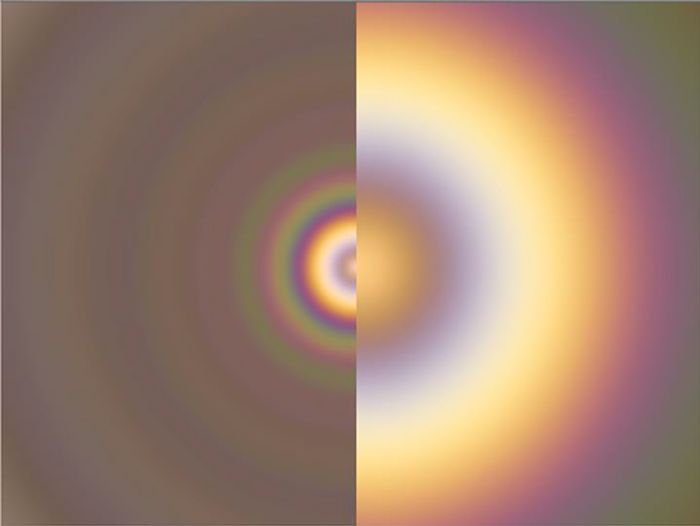
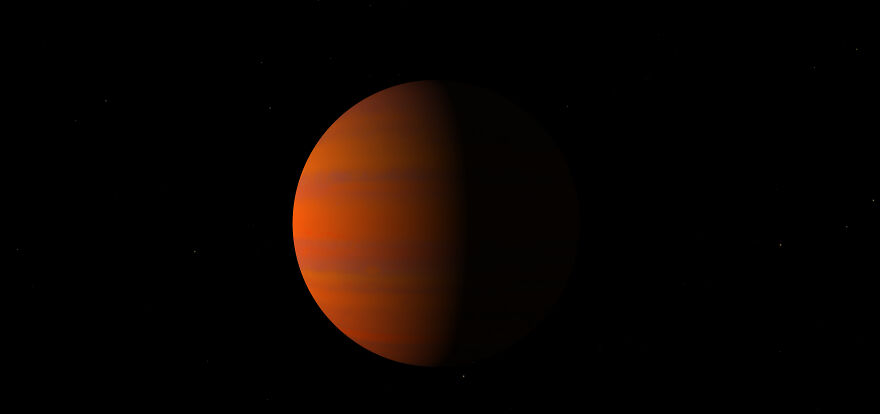
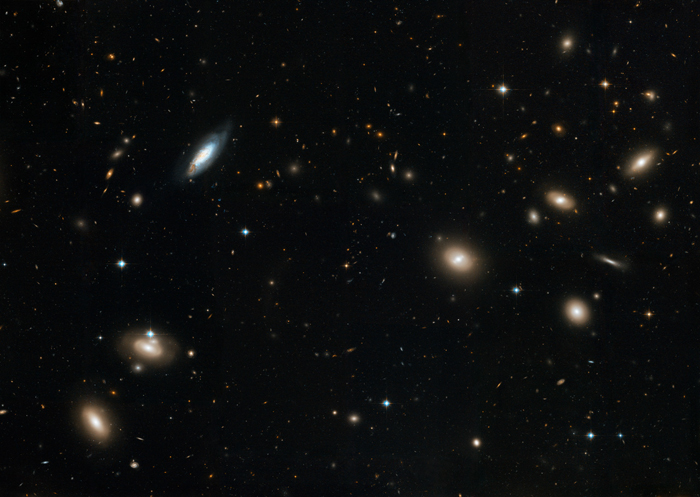
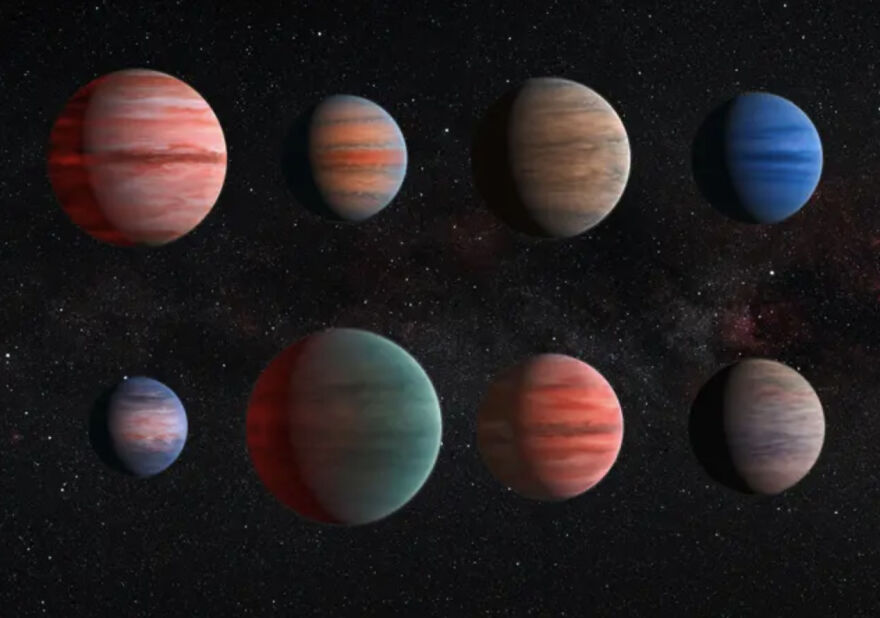
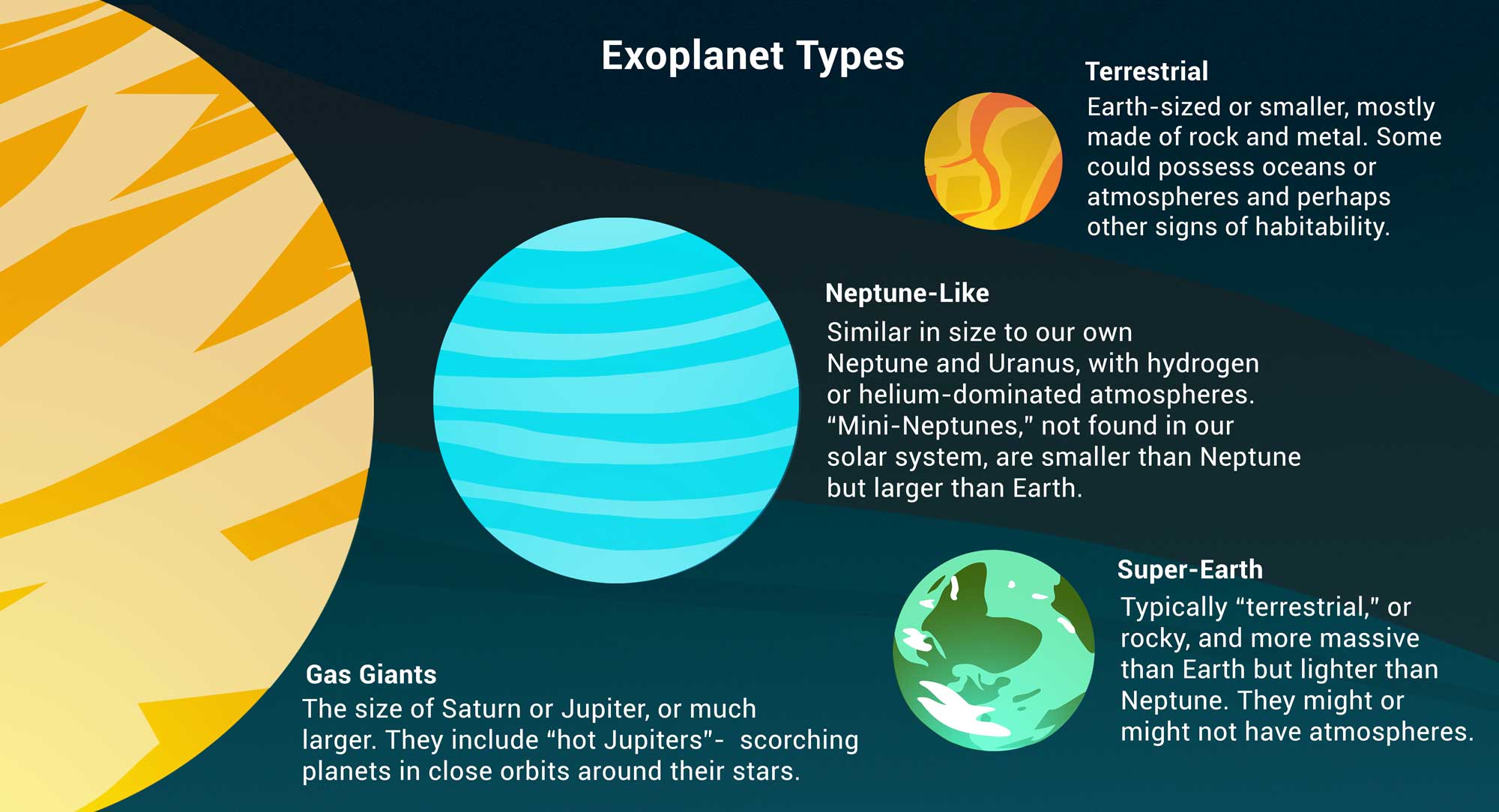
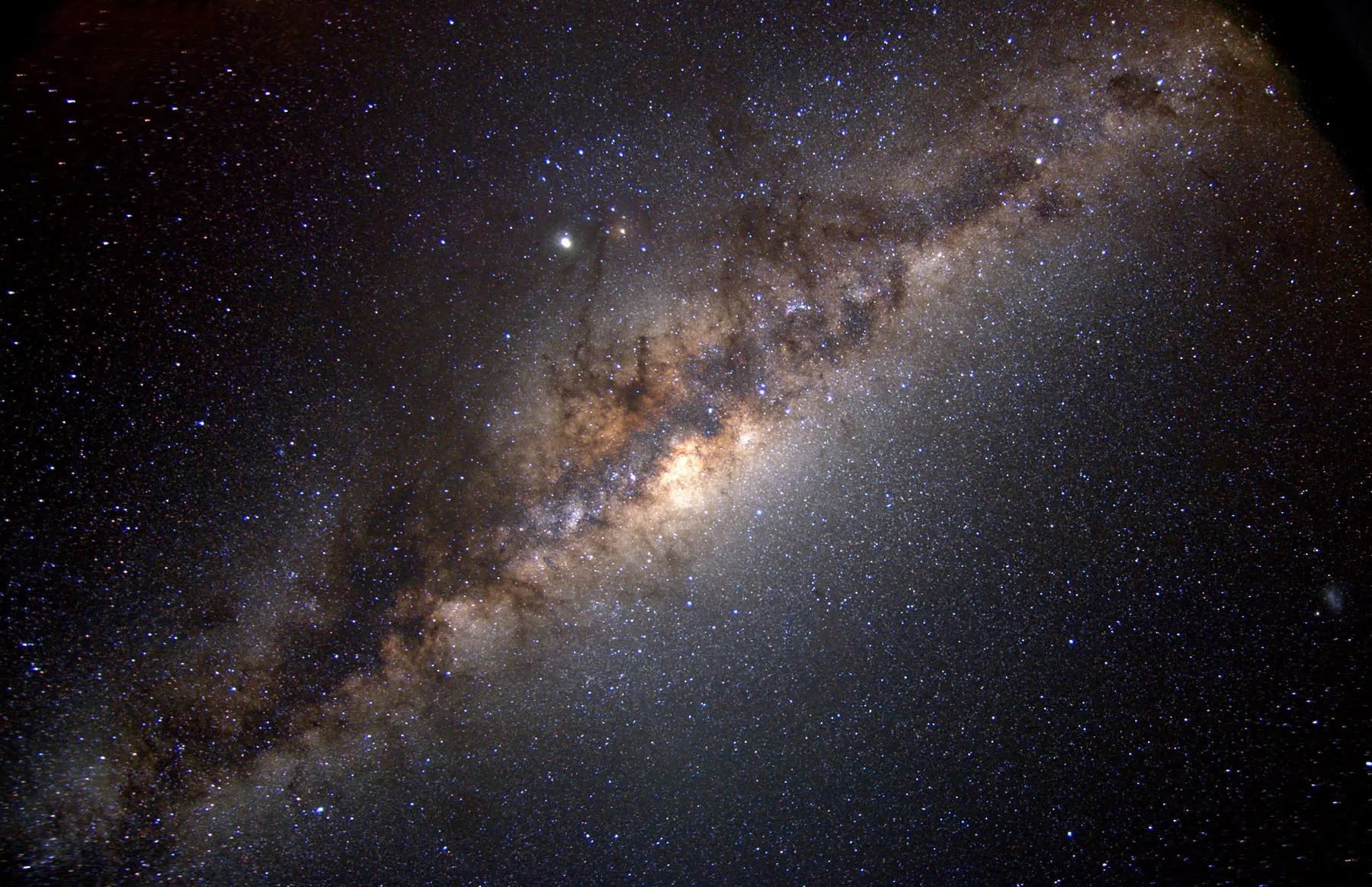


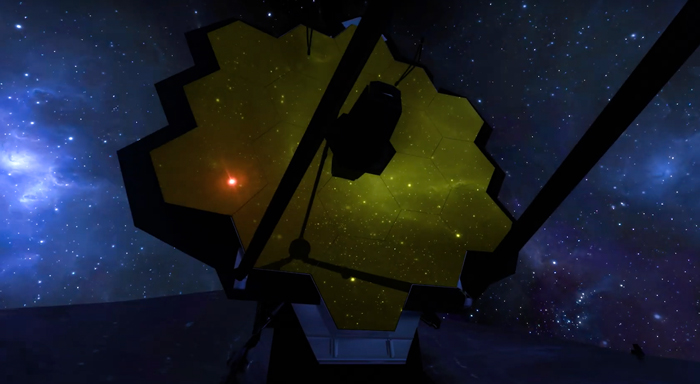
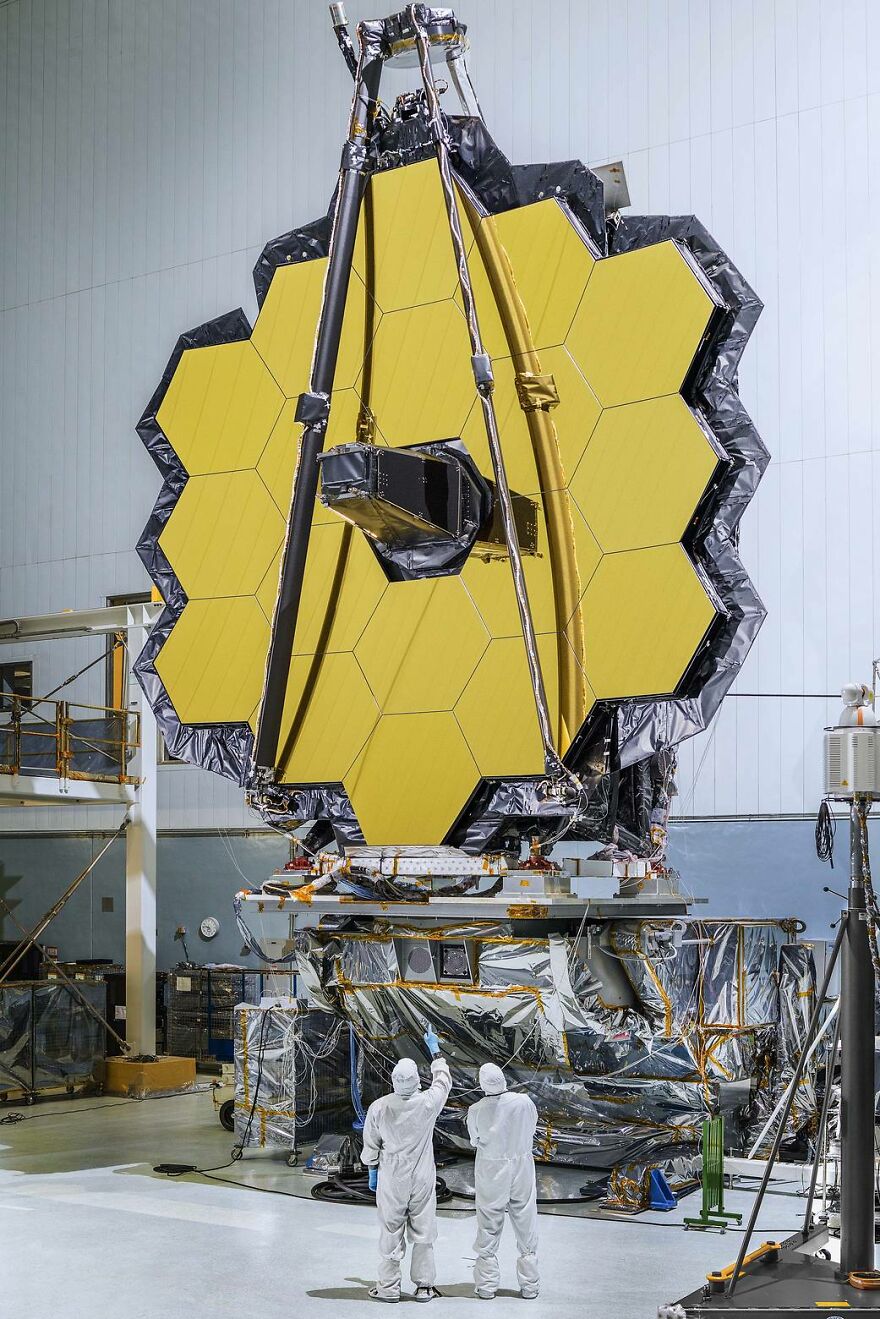
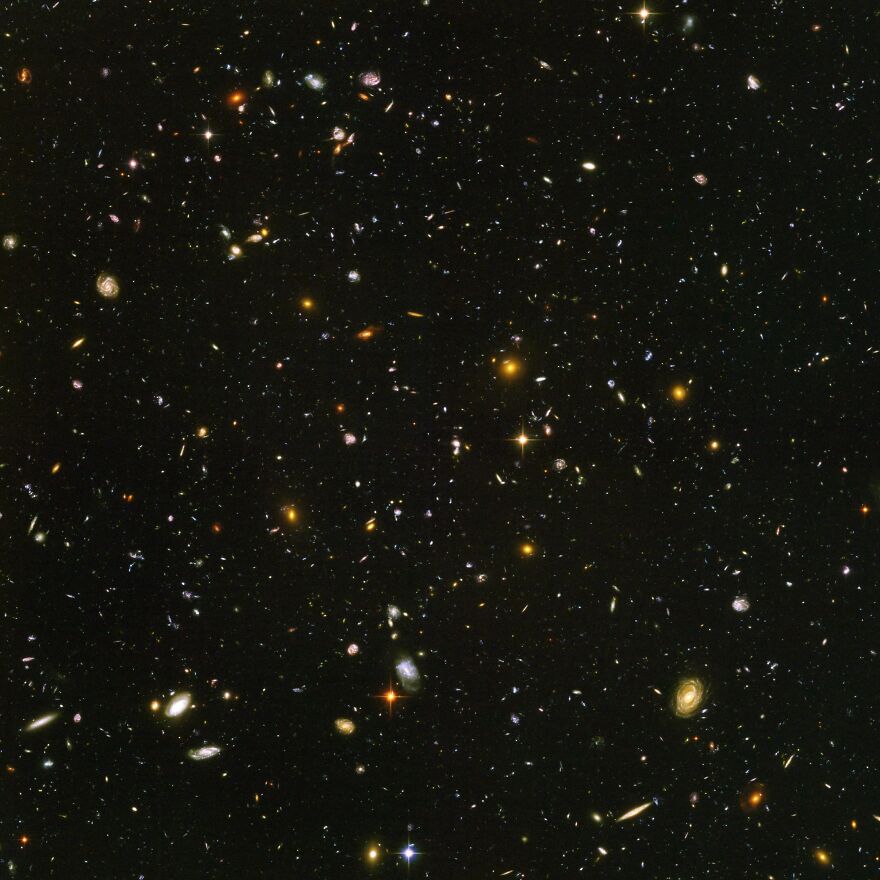
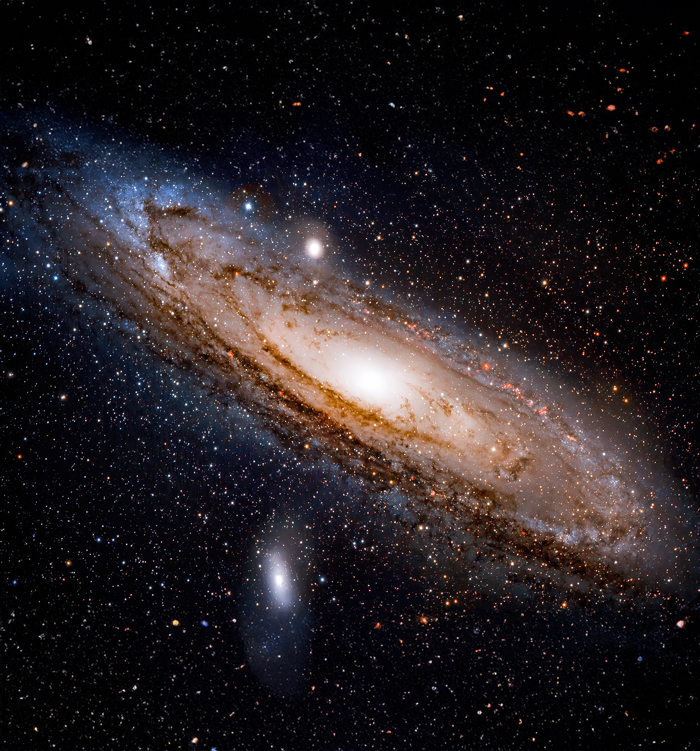







12
13